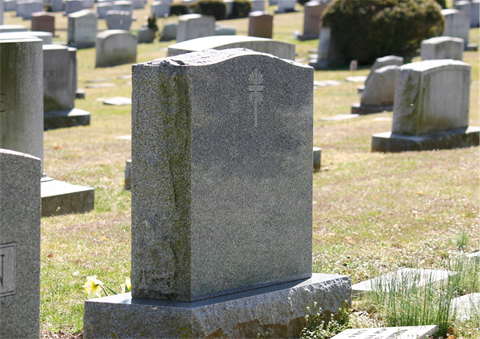Cemeteries

There are two (2) operating cemeteries in Gwydir Shire. They are located at:
Bingara Cemetery
Warialda Cemetery
There are also historical cemeteries located at:
Bingara Cemetery
Upper Bingara Chinese Cemetery
Warialda Pioneer Cemetery
Gravesend Cemetery
Operating Cemeteries
Bingara Cemetery
Bingara Cemetery is located on Bingara Cemetery Road, Bingara. It comprises an “Old Section”; a “Lawn Section”; and Columbarium Walls.
The “Old Section” includes Roman Catholic, Church of England, Presbyterian, Salvation Army and Chinese. It comprises traditional monuments and is closed for ongoing burials unless proof of reservation can be provided. Some areas are classed as “unsurveyed” which means accurate records do not exist for some burials and there are no memorials to assist with identification.
The “Lawn Section” is a non-denominational burial section which can cater for up to 2 burials in each allotment, as well as ashes if requested.
There are currently four (4) brick columbarium walls located at Bingara, which can accommodate boxed ashes, sealed in with a bronze plaque.
There are amenities available at the cemetery.
Warialda Cemetery
Warialda Cemetery is located at 120 Mosquito Creek Road, Warialda. It comprises an “Old Section”; a “Lawn Section” and Columbarium Walls.
The “Old Section” includes Roman Catholic, Church of England, Presbyterian, Baptist, Methodist, Wesleyan and Independent Sections. It comprises traditional monuments and is closed for ongoing burials unless proof of reservation can be provided. Some areas are classed as “unsurveyed” which means accurate records do not exist for some burials and there are no memorials to assist with identification.
The “Lawn Section” is a non-denominational burial section which can cater for up to two (2) burials in each allotment, as well as ashes if requested.
There are currently four (4) brick columbarium walls located at Warialda, which can accommodate boxed ashes, sealed in with a bronze plaque.
There are amenities available at the cemetery.
For cemetery costs please refer to the fees and charges.
For burials on private land Development Approval is required. Please contact the Planning department for further information. See also the Burial on Private Land and Private Cemetery Policy linked at the bottom of the page.
Historical Cemeteries
Warialda Pioneer Cemetery
Also located in Warialda is a historical cemetery on corner of Queen Street and Apollo Avenue. This cemetery is closed for further burials. This cemetery comprises traditional monuments. This little cemetery marks the resting place of some of the original settlers in the Warialda area and though the headstones are hard to read now, it’s a very interesting site to visit.
Gravesend Cemetery
Located in Gravesend is a historical cemetery on the Gwydir Highway Gravesend. This little cemetery marks the resting place of some of the original settlers in the Gravesend area and though the headstones are hard to read now, it’s a very interesting site to visit. Please see the Gravesend Cemetery document linked below.
Upper Bingara Chinese Cemetery
In August 1851 the first official discovery of gold was made in the Bingara District, followed by the development of gold fields at Cournagoura Creek (Gouron Gouron) and Bingera which later became Upper Bingara. It is reported that Paddy Read and Bob Davy where the first to find and work a payable patch in the immediate vicinity of Upper Bingara. By the early 1870’s the main gold rush was over however a number of gold fields located at Upper Bingara were intermittently mined up until the late 1940’s. The Bingara Historical Society estimates up to 500 Chinese mined in the Bingara District during this period.
The 1861 census reported the total population of Upper Bingara to be 1905. In 1862 the Gold Commission reported 350 Chinese working at the Upper Bingara Gold fields and four years later the NSW Gazette (1866) published Upper Bingara’s population to be 250, consisting primarily of Chinese.
Although a large number of Chinese worked the alluvial gold fields of Upper Bingara it is uncertain how many Chinese were buried in this cemetery. No official records have survived however a number of deaths and burials are recorded in B & E Kirk “Bingara Deaths &/or Burials 1853 to 1998”, Bingara 1999. There are no stone or metal markers to indicate the graves, although a small square wooden post was found in 1970 indicating a grave site.
A small number of Chinese remained in the District after the rush and became market gardeners, store keepers and labourers on rural properties. The only evidence remaining at Upper Bingara of the Chinese presence is this small cemetery enclosed by a timber post and rail fence, some scattered mine workings, water races and several stacks of stone.